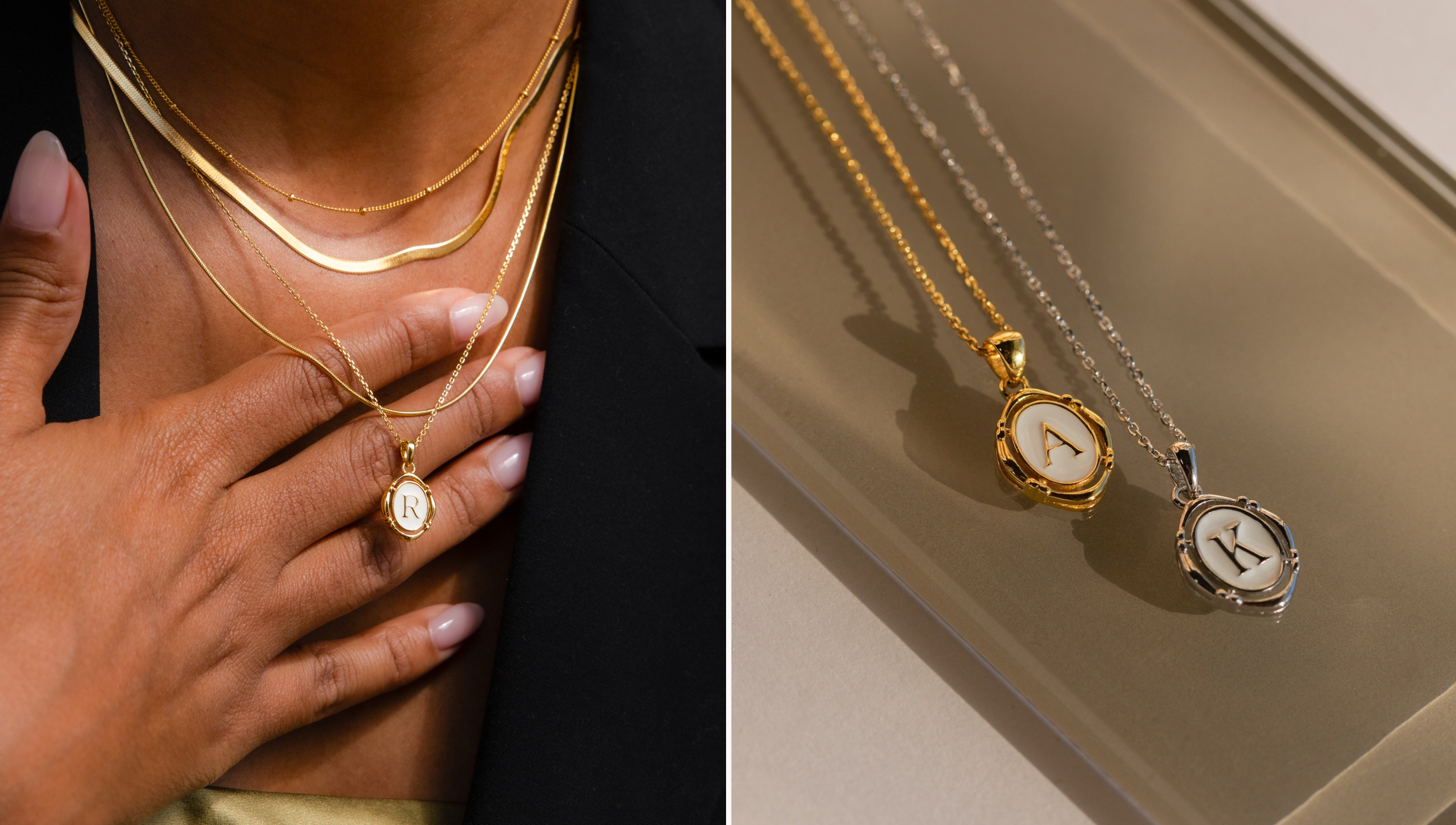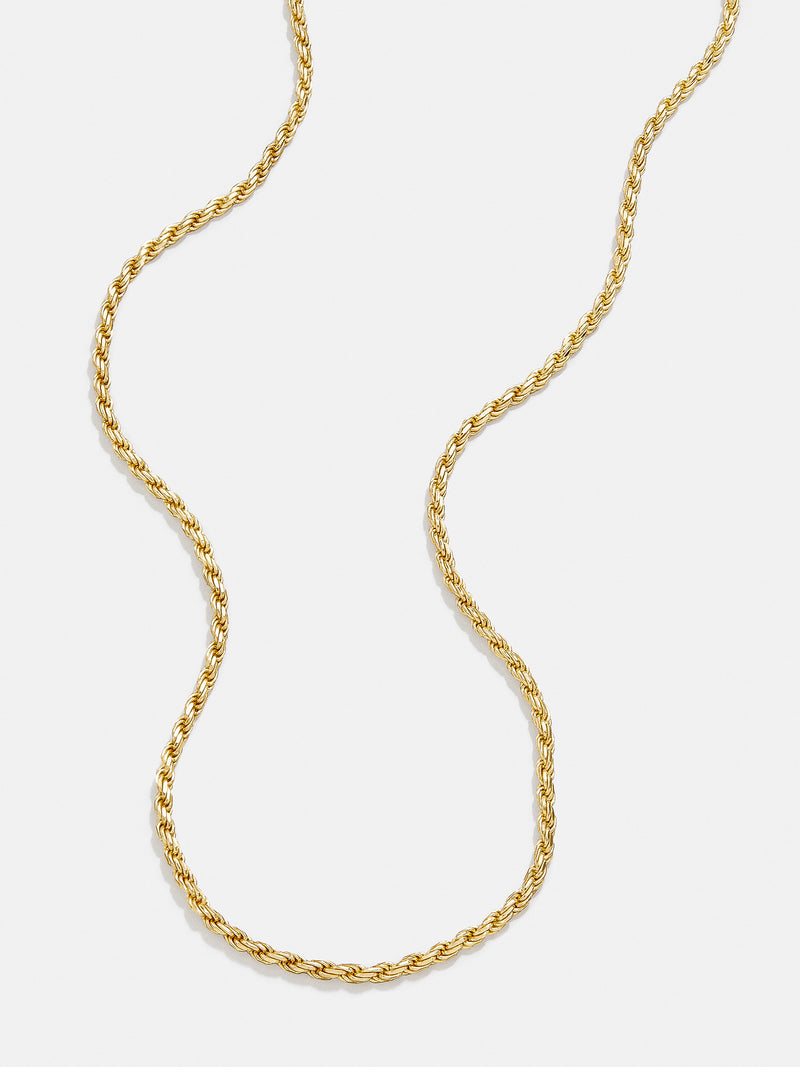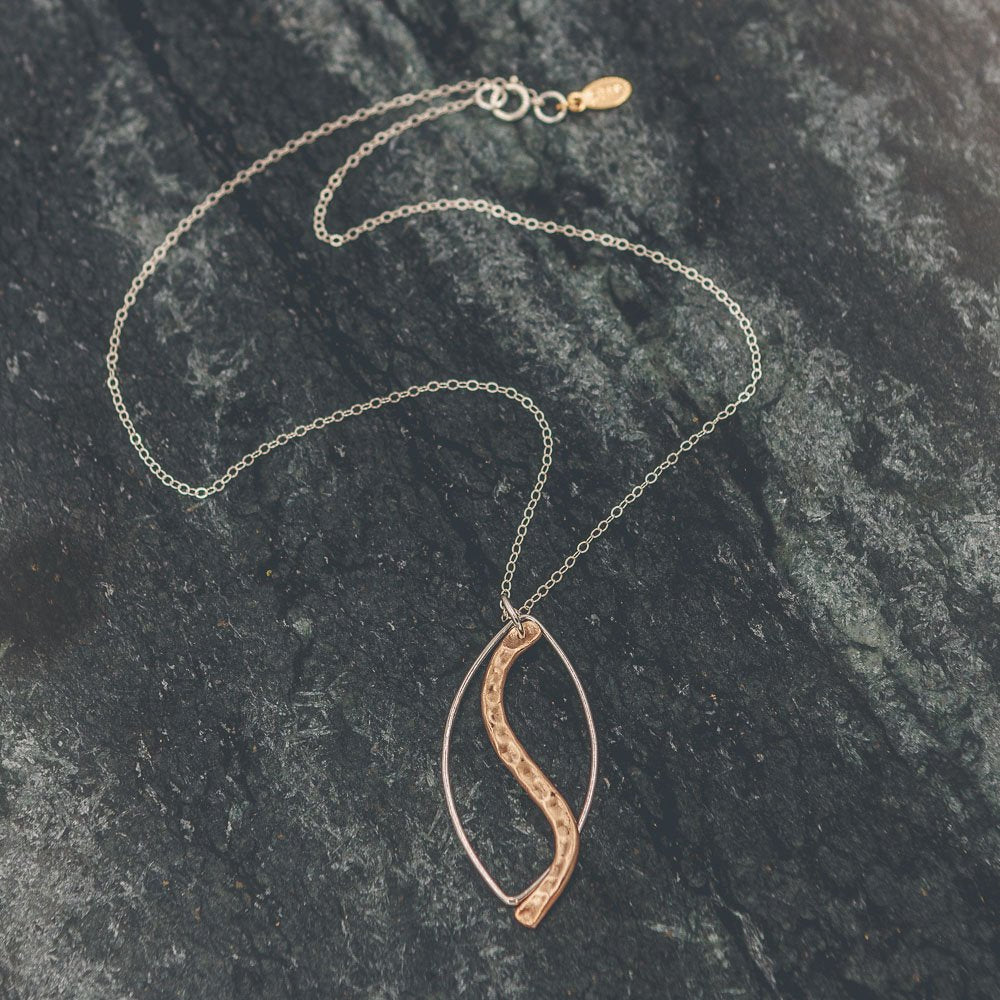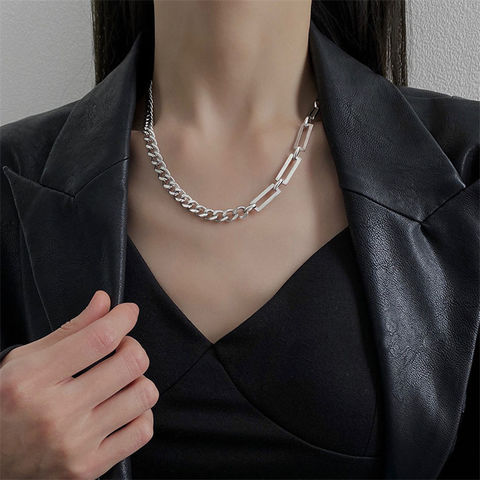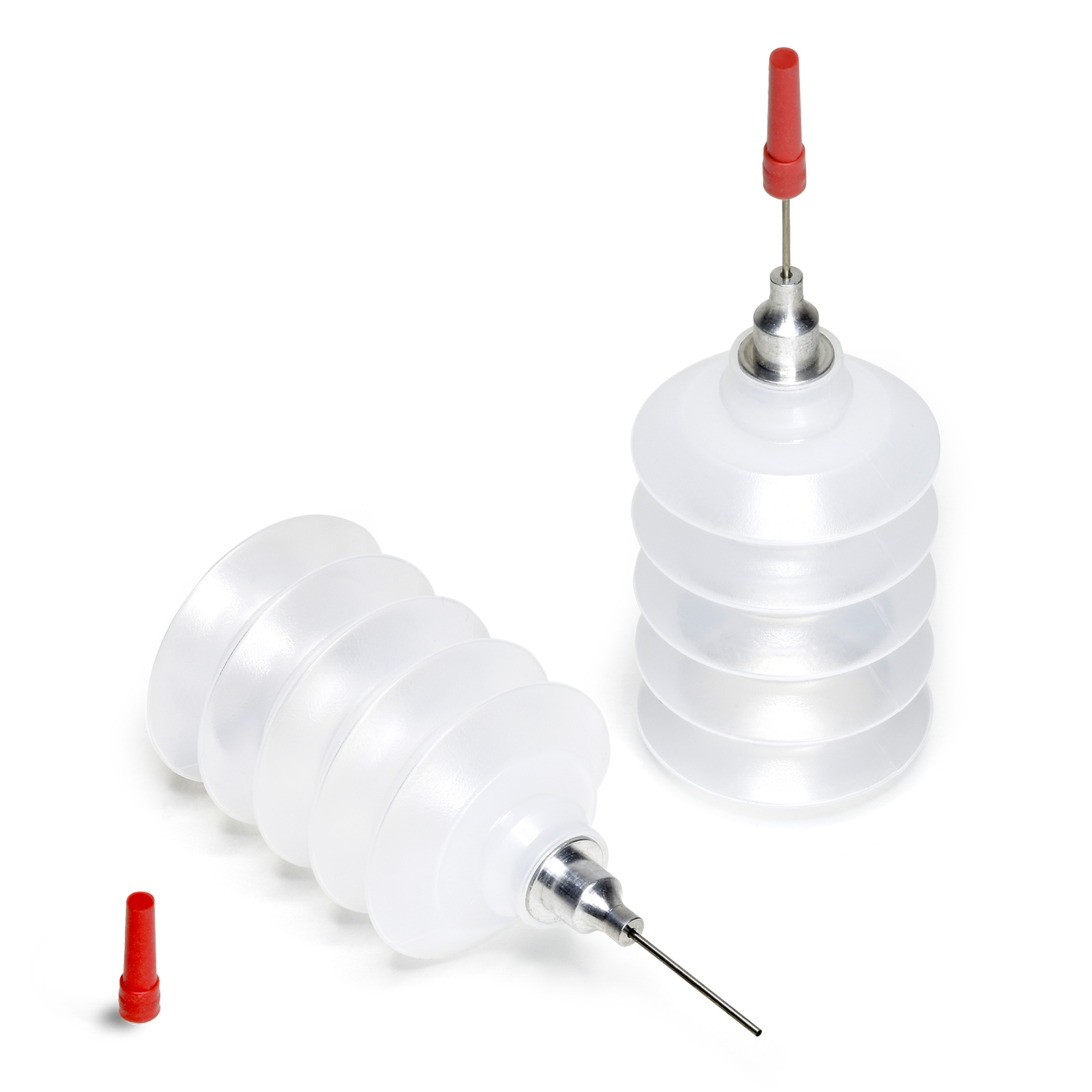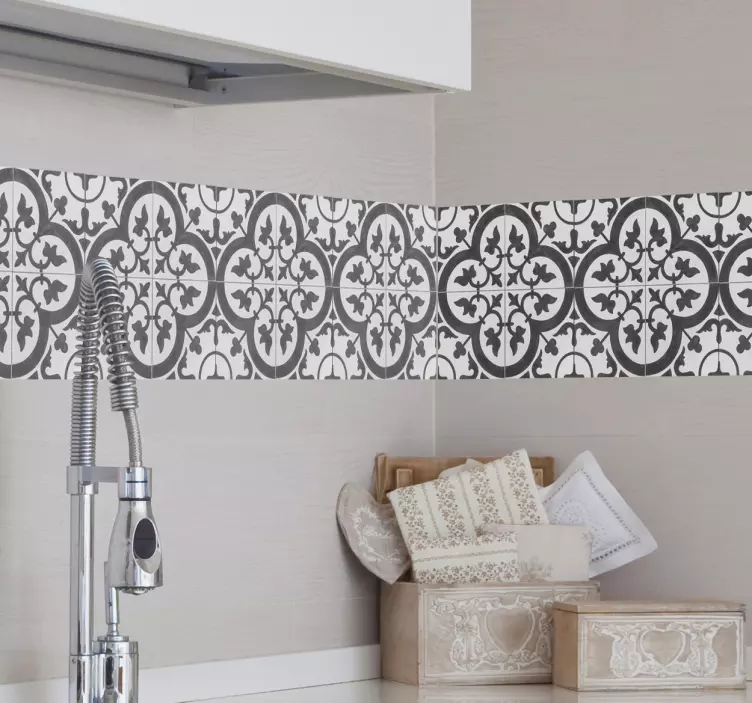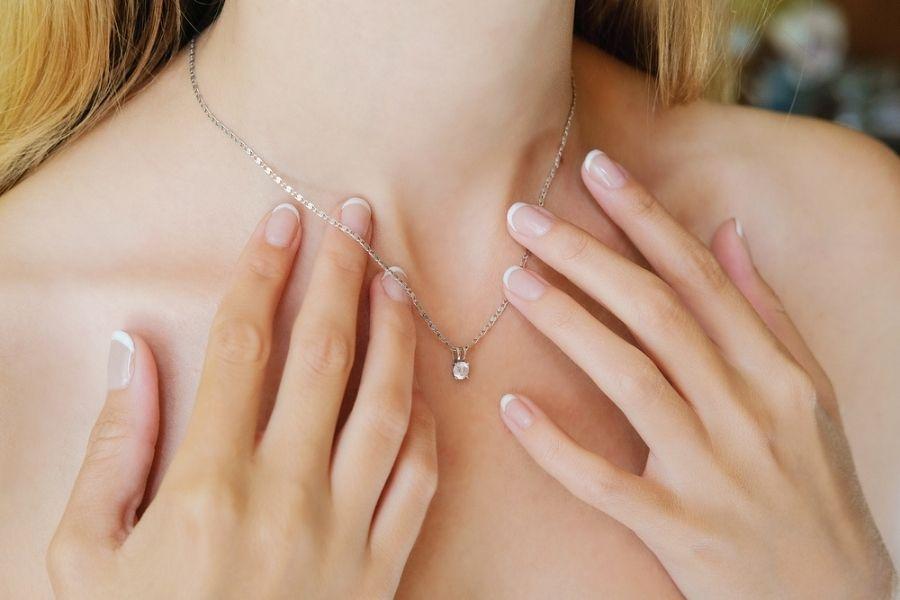
White Gold Vs Silver: The Differences You Need To Know
Considering a new piece for your collection but not sure if you should spend the extra money for white gold? In this post we compare white gold vs silver for maintenance, color, cost, durability, skin sensitivity and more
Lexie Jordan Jewelry is a leading jewelry manufacturer and offers custom jewelry in Boca Raton, Florida. Buy today!
White metals like silver and white gold are at the forefront of jewelry consumers’ minds. According to a survey conducted by National Jeweler, 35% of people said they prefer white gold over other metals, and 17% said that silver is their go-to.
Although white gold and silver look similar, they have several distinct qualities such as their durability, cost, maintenance, and subtleties in their color. In this article, we’ll compare white gold vs silver and explore their many unique characteristics. Before you know it, you’ll be on your way to choosing the best-fit metal for your jewelry.
What is White Gold Composed Of?
White gold is a combination of pure gold and other metals, called alloys, which help strengthen the product and create a white appearance. As with yellow gold, jewelers measure karats to determine white gold’s purity and authenticity.
White gold jewelry is often 14 or 18 karats. To determine the percentage of pure gold within white gold, you need to divide the number of karats by twenty-four. This means that 14 karat white gold is 58.3% pure gold and 41.7% other metals, whereas 18 karat white gold is 75% pure gold and 25% other metals.
Often, the “other metals'' in white gold refer to nickel, silver, or palladium. The exact traits of a piece of white gold jewelry depends on which alloys are used in it, and how much of each alloy is present. Although 18 karat white gold is typically in high demand because it contains a higher percentage of pure gold, others prefer 14 karat gold since it’s a more affordable and durable option.
What is Silver Composed Of?
Silver is a precious metal that people use in everything from jewelry and tableware to electrical contacts and batteries. On its own, silver is a soft metal. For this reason, jewelry makers mix it with an alloy, typically copper, to give it added strength. Other times, they include nickel instead of or in addition to copper.
If you buy a piece of jewelry, you’ll likely notice that it comes with a “sterling silver” label. Alternatively, you might see the number “925” stamped on the metal, which also indicates that it’s sterling silver. Sterling silver usually contains 92.5% pure silver and 7.5% other alloy metals (hence the “925” label).
Because copper and silver are hypoallergenic, sterling silver is an excellent option for people with sensitive skin. That said, because of the copper in sterling silver, oxidation occurs over time, so it is important to polish your sterling silver jewelry occasionally to prevent discoloration.
White Gold vs Silver: Head to Head Comparison
Now that we have covered the distinguishing characteristics of white gold and silver, let’s explore their similarities and differences.
Care and Maintenance
White gold and silver don’t keep their shiny appearance forever, and they both require different methods of maintenance..
White gold often has a rhodium plating. Rhodium is a metal in the platinum family and helps protect your jewelry from scratches. Over time, rhodium changes from shiny white to yellow. To get your white gold jewelry back to its brilliant original state, you’ll need to take it to a jeweler every few years so they can reapply the rhodium plating. Nevertheless, white gold is best for everyday use since it keeps its shiny white appearance for a longer time.
Silver jewelry needs more frequent cleaning and polishing to keep it from tarnishing. Although cleaning silver is a more significant time commitment, the advantage is that you can do it at home using products such as corn starch, vinegar, and lemon juice.
Color and Luster
White gold has a shinier, more brilliant white appearance than silver. The white color originates from a composition that mixes pure yellow gold with alloy metals such as nickel. When the rhodium mixture on the surface of white gold wears off, you’ll need to find a jeweler to put new rhodium plating on it.
Silver has a grayish-white hue. When you buy it from the jewelry store, it’ll have a lustrous appearance. However, silver will eventually become dull as it tarnishes, which occurs due to a reaction with hydrogen sulfide in the air. Hydrogen sulfide isn’t the only thing to blame, though—contact with everyday high-sulfide items such as mustard, hard-boiled eggs, and rubber bands can all speed up tarnishing.
Cost
Among the differences between white gold and silver, one of the most notable for consumers is cost. Silver is a much more affordable option than white gold, in large part because there’s a greater supply of silver available than gold.
Although silver is priced lower than white gold, white gold is an excellent option for people wanting a less expensive alternative to platinum. White gold has a similar appearance to platinum, but it’s more cost-efficient and durable. Even though white gold contains alloys, the yellow gold within it retains its value.
Material Components
As soft metals, white gold and silver are similar in that jewelers need to mix them with other metal alloys so they are durable enough to undergo daily wear. However, the advantage of white gold and silver being so soft is that they’re both highly malleable, so they’re easy for jewelers to design into different shapes.
While at first glance silver and white gold may appear to have a similar hue, silver has a grayish-white hue, whereas white gold has a distinctly white shade. Both metals are hypoallergenic on their own, but other metal alloys can instigate allergic reactions for people with sensitive skin. Nickel is the most common metal allergen and is included more frequently in white gold than silver.
Permanence
White gold can be more durable than silver because it has a higher content of strong metal alloys. Its durability depends on how pure it is, which you can determine based on the number of karats it has.
Silver tends to scratch more easily and may lose its shape with everyday wear. For this reason, many people choose white gold wedding bands over silver ones. Although silver doesn’t hold up as well with wear and tear compared to white gold, it can be a good option for pieces of jewelry that will be worn less frequently.
Skin Sensitivity
Nickel is a common allergen in jewelry that causes itchy rashes in those with sensitive skin. Since both white gold and silver contain metal alloys, people with skin sensitivities should check if the jewelry they want to purchase contains nickel.
Although nickel is common in white gold, you likely won’t have to worry about it until the rhodium plating starts wearing down, which is when it’ll expose the nickel to your skin. Lower quality sterling silver sometimes contains nickel. Nevertheless, the most common alloy for sterling silver is copper, which is hypoallergenic.
White Gold vs Silver: Which is the Right One for You?
Having choices is at the forefront of jewelry shopping, so it’s important to understand the pros and cons of white gold and silver before making your decision. If you find yourself jewelry shopping online as you assess your options, you’re not alone—according to Oberlo, online jewelry sales will amount to over $7.6 million in 2021.
White gold is a good option if you want a durable, low-maintenance piece of jewelry that maintains a bright white shine for many years. Silver is also a great option if you want something more affordable, prefer a grayish-white color, and like the thought of caring for your jewelry at home.
Did you enjoy this post? If so, check out our other blog posts for more jewelry tips.
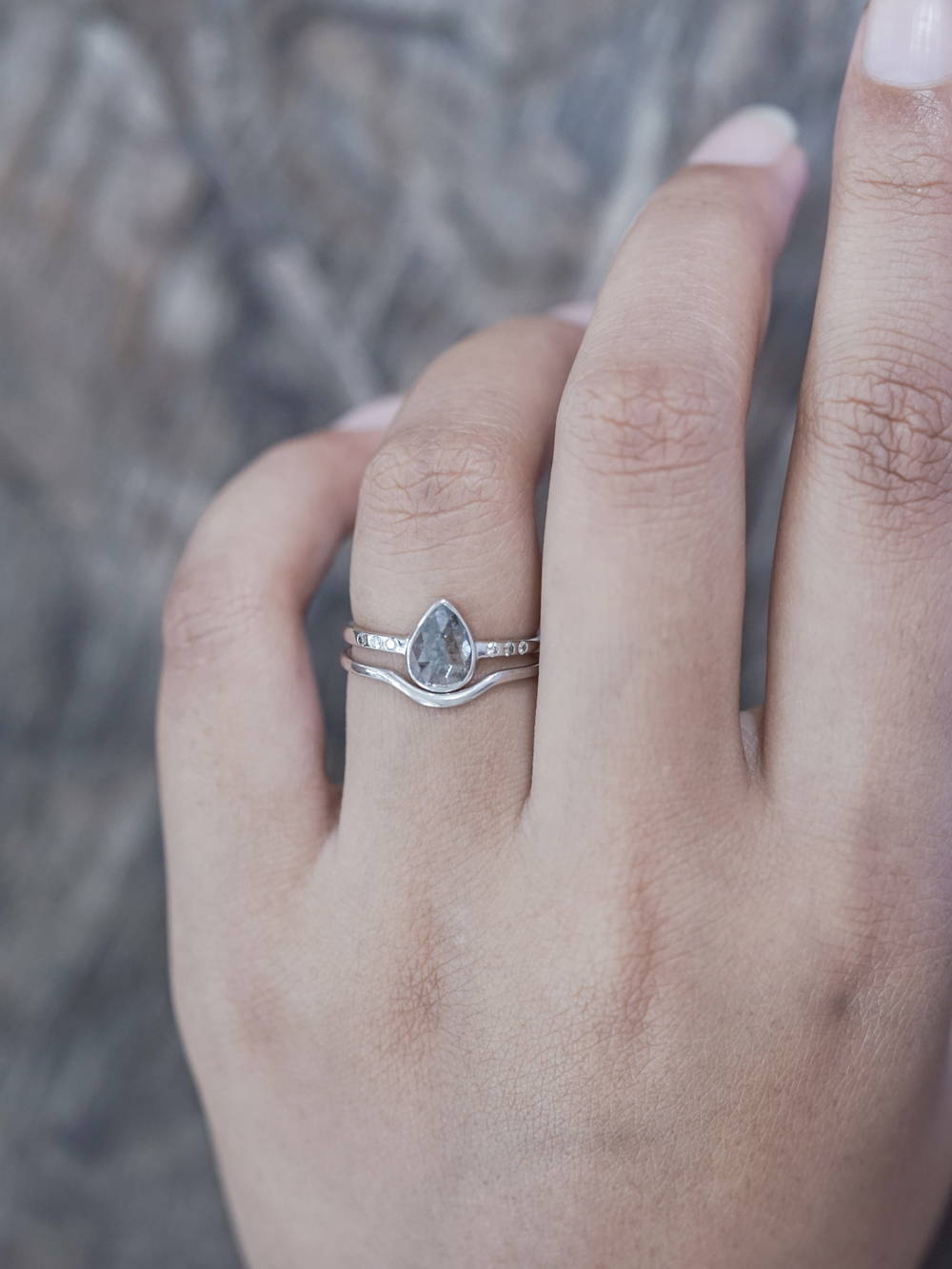
Silver vs White Gold: which metal should you choose? - Gardens of the Sun

The Difference Between White Gold and Platinum - Lane Woods Jewelry

White Gold vs. Silver: What You Need to Know
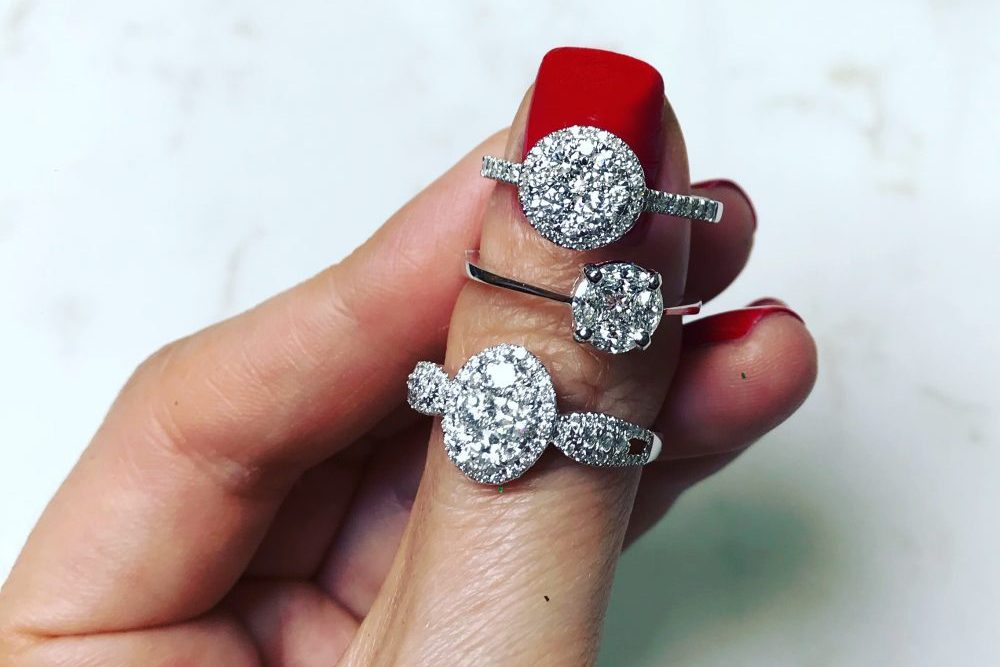
White Gold Vs Platinum
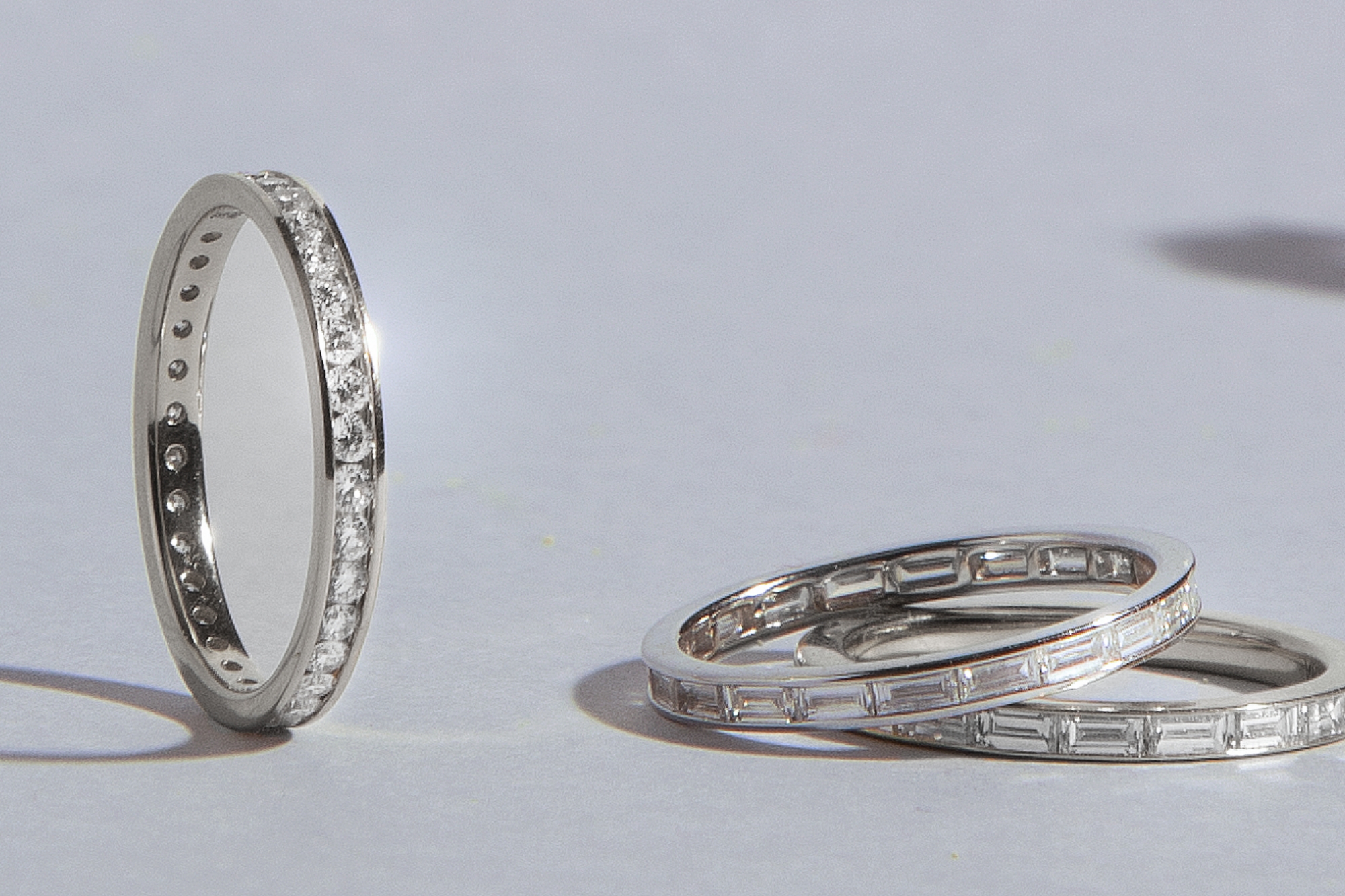
White Gold vs Silver: Differences and Similarities

What is the difference between Platinum, White Gold & Silver?
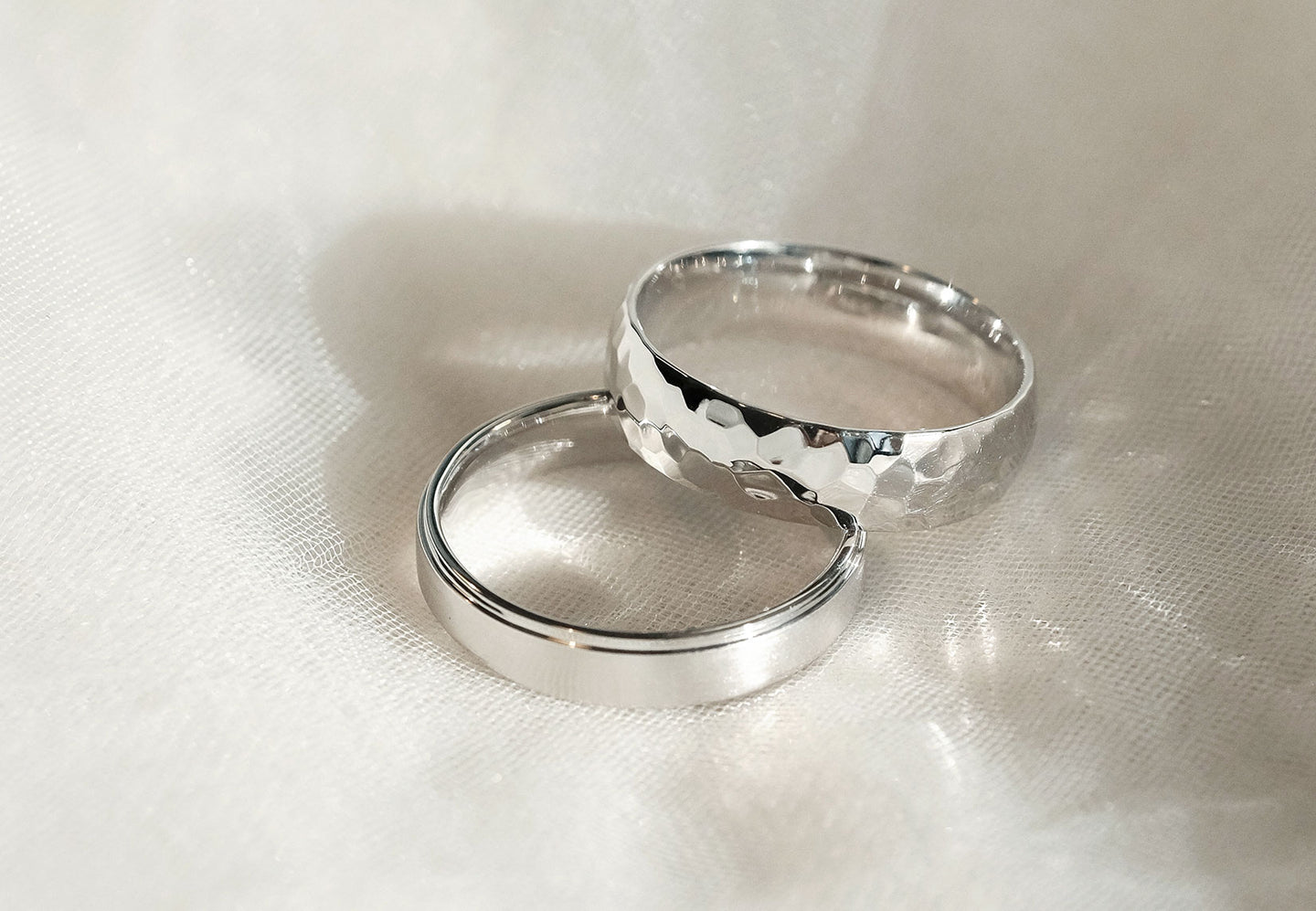
Platinum vs White Gold: What's the Difference?

White Gold Vs Silver: The Differences You Need To Know
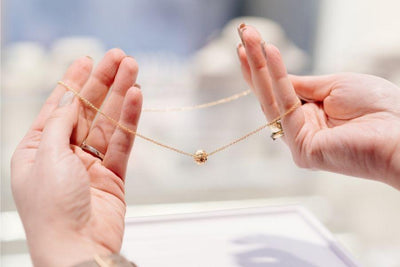
Lexie Jordan Jewelry Blog – Page 3

